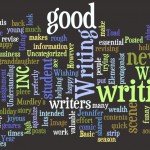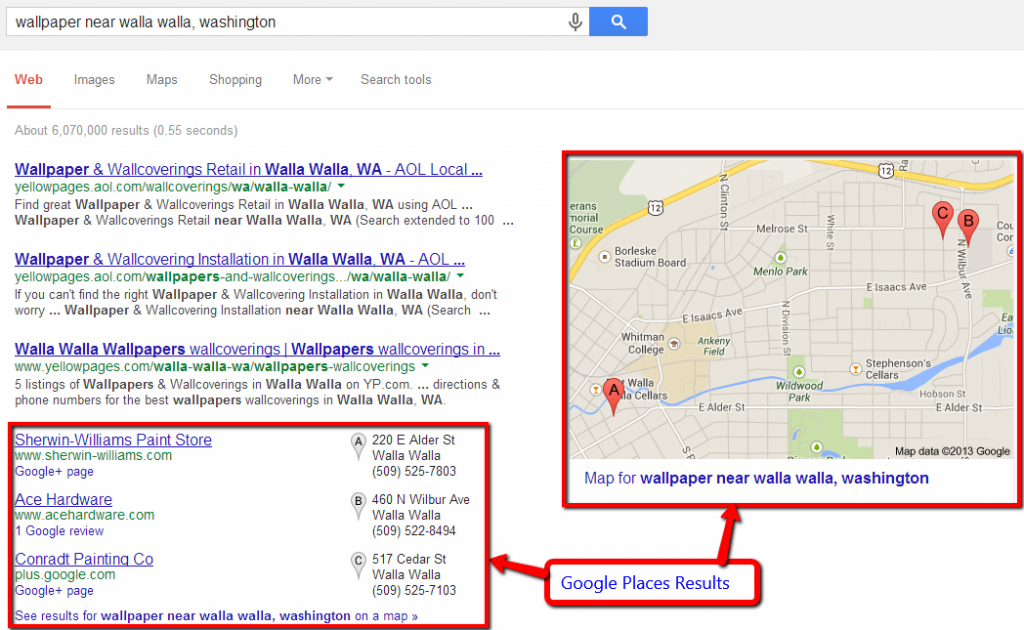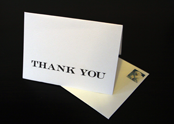May you have a truly joyful holiday season! Thank you so much for being a loyal reader of this weekly blog. Your emails and comments mean a great deal.
Now let me share a couple of emails on last week’s post :
:
“That first tip is such a good idea. I got one message from someone I doubt would have sent it if she had taken the time to think it over before sending – and perhaps would have modified the tone. It changed my opinion of her permanently….I think prompt replies are a must, too. Your ideas certainly make for a more civil society.”
Thank you, Carla. Not only is a “civil society” a more pleasant environment to live in, but in the business situation, leads to greater productivity!
“I enjoyed your latest post. I learned Tip #1 the hard way when I inadvertently sent something out prematurely. It wasn’t a disaster, but it conditioned me to the possibility, so any sensitive e-missive gets addressed after it’s finished.”
“I have another email tip….use structure to make your emails easy to absorb….My rule is ‘aim for one screen’s worth, but spread it out so people can see the whole, note the pieces, and get to your point quickly.’”
Thank you, Harry. I like to say that writing is a visual art. How it looks on the screen (or on paper) can determine how – or if – your reader will “get it,” remember it, and act on it.
Here’s another email tip for today:
There are four types of email: (1) The original email; (2) the reply; (3) the cover letter for an attachment; and (4) the attachment. Each is handled slightly differently.
(1) In the original email, aim for one paragraph, not more than five lines. This should work for at least half of your emails, if you tell your reader who-what-when-where-how.
(2) Many times, the reply, like the original you are replying to, can be answered in one paragraph, five lines or less. In no case should either the original, or the reply, be longer than a screen to a screen-and-a-half. If your reply needs to be longer than that, make it an attachment with a cover letter.
(3) The cover letter will be short. Most of the time it will be that one paragraph, not more than five lines, telling the reader why you are sending the attachment, and what he or she is to do with, or about it, and when.
(4) The attachment should be concise – that is, as short as you can make it, while still giving all the information needed. It can be printed out for the reader to read more easily. Printing it out reduces the potential irritation caused to the eye, as well as to your message, when there is too much to read comfortably online.
See you next week!
If you like what you’re reading, please subscribe to our blog.
We’ll be happy to bring a Gail Tycer workshop to your organization. To discuss a workshop for your people at your location or ours, or a shorter presentation for an upcoming meeting, call Gail at 503/292-9681, or email gail@gailtycer.com







